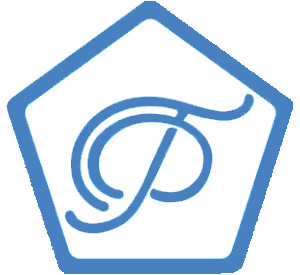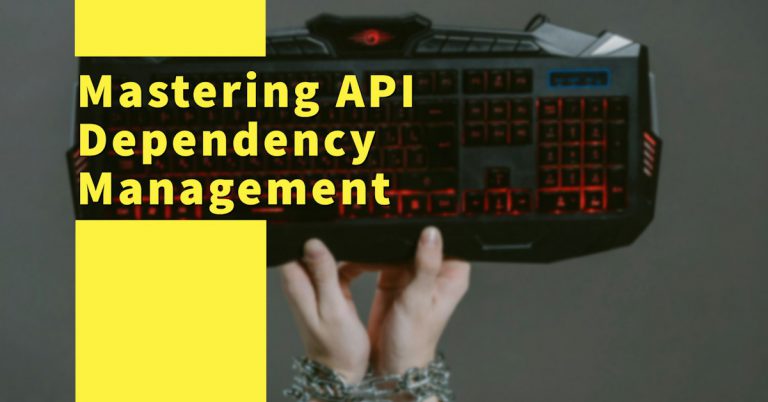It is about moving away from measuring productivity to actually being effective. Software Engineering Effectiveness is paramount. It not only helps teams stay on track but also provides insights for continuous improvement. As software engineers, understanding how to measure our effectiveness can be a game-changer. In this blog, we’ll explore key metrics and strategies to gauge software engineering effectiveness.
Code Quality Metrics
Code Reviews
Effective code reviews are a cornerstone of high-quality software. This allows to achieve high quality software and also proactively train junior staff as they have exposure to senior Engineers and how they think about problems/solutions. [1]
Code Churn
Code churn measures how often code is changed shortly after it’s written. A high churn rate may indicate a lack of clarity in requirements or architectural problems. Tracking and reducing code churn can lead to better engineering effectiveness.
Code Complexity
Use tools like Cyclomatic Complexity or Cognitive Complexity to assess the intricacy of your code. Furthermore, high complexity might result in more bugs and maintenance challenges. As a result, lowering code complexity improves software maintainability.
Delivery Metrics
Lead Time
Lead time is the duration from the inception of a feature or bug fix to its deployment. Shortening lead times means faster delivery and quicker response to customer needs, a hallmark of effective software engineering.
Deployment Frequency
Frequent deployments reflect an agile development process and the ability to respond to changes swiftly. Correspondingly, higher deployment frequency often correlates with better engineering effectiveness.
Bug Tracking
Bug Density
Bug density calculates the number of bugs per line of code. A decreasing trend indicates improved software quality. Keeping an eye on bug density helps engineers identify areas that need attention.
Bug Resolution Time
Measuring the time it takes to resolve reported bugs is crucial. Shorter resolution times imply efficient bug triage and swift remediation. [2]
Testing Metrics
Test Coverage
Test coverage reveals the proportion of code that is tested. Higher test coverage implies better protection against regressions. Ensure that critical code paths are thoroughly tested.
Test Failure Rate
Monitor how often tests fail. A consistently high failure rate could indicate instability in the codebase, requiring attention.
Productivity Metrics
Velocity
Velocity measures how much work a development team completes in a given time frame, typically in Agile methodologies. As a result, consistent improvement in velocity suggests enhanced team efficiency.
Story Points
Story points represent the complexity of work items. By tracking story points completed per sprint, teams can measure their ability to accurately estimate and deliver work.
Collaboration Metrics
Code Ownership
Measure the diversity of code ownership within your team. Ideally, you want multiple team members to be familiar with and able to work on different parts of the codebase. High code ownership distribution reduces bottlenecks.
Cross-functional Collaboration
Assess how well different functional teams collaborate. Effective software engineering often involves cross-functional teamwork. Collaborative teams tend to solve problems more efficiently.
Conclusion: Software Engineering Effectiveness
In the ever-evolving landscape of software engineering, measuring effectiveness is key to staying competitive and delivering exceptional software. By examining code quality, delivery, bug tracking, testing, productivity, and collaboration, we can gain a holistic understanding of our engineering capabilities.
Remember that metrics are not a silver bullet. They are tools to guide improvement, not strict rules to follow blindly. Additionally, it’s vital to strike a balance between quantitative and qualitative assessment. The human element in software engineering cannot be ignored. Metrics should support, not replace, the judgment and experience of your engineering team.
Effective software engineering is an ongoing journey. Regularly review your chosen metrics and adapt as your project and team evolve. Keep the lines of communication open within your team, and use these metrics as a starting point for discussions on how to enhance your software engineering effectiveness.
In the end, it’s not just about achieving high metrics but about delivering value to your users, ensuring the stability of your software, and fostering a culture of continuous improvement. So, embrace these metrics as allies in your quest for software engineering excellence, and watch your effectiveness soar.




